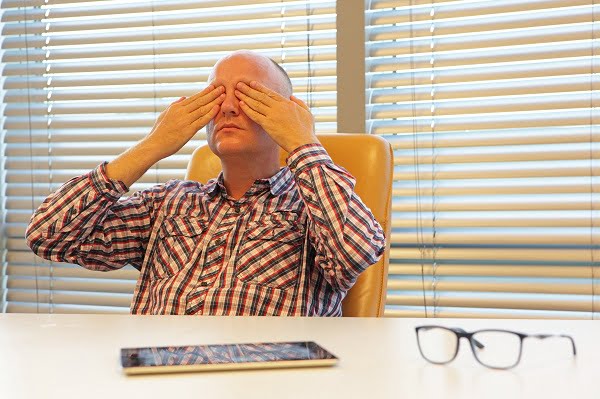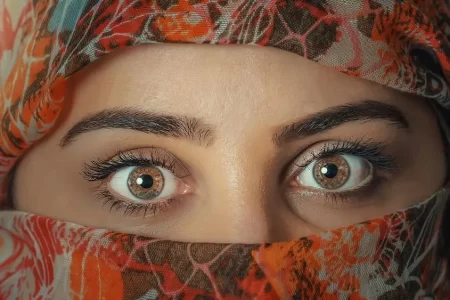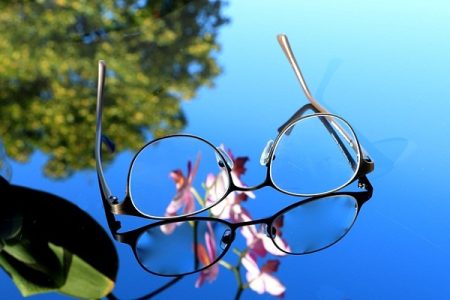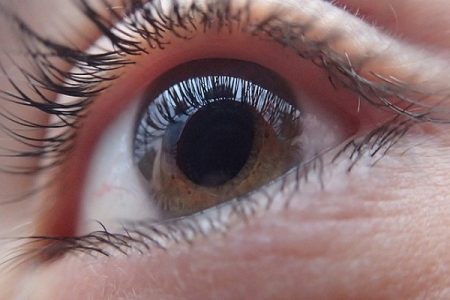Age-Related Macular Degeneration: Causes, Symptoms, Diagnosis, Treatment
- Updated on: Jun 26, 2024
- 6 min Read
- Published on Oct 3, 2019


What is macular degeneration (age-related macular degeneration)?
Macular degeneration is also called Age related Macular Degeneration (AMD). There is a small central portion of the retina known as macula. This is responsible for straight-ahead vision and helps in visualizing the details around us. Macula helps in reading, driving, and recognizing faces or colors.
Macular degeneration is a very common eye condition in which macula damages and does not function adequately. It is the most common cause of loss of vision seen in older people.
Age related macular degeneration is an eye condition related to aging in which sharp central vision is destroyed slowly because of which the eyes are unable to detect minute details about the surroundings.
In some cases, macular degeneration progresses very slowly that people are unable to notice little change in their vision.
What are the various types of macular degeneration?
Macular degeneration occurs in two forms. “Wet” age-related macular degeneration and “Dry” age-related macular degeneration.
“Wet” age-related macular degeneration is a less common condition but its progression is very aggressive causing severe central vision loss. “Dry” age-related macular degeneration is a common type of AMD and progresses very slowly.
AMD can also be classified based on its severity such as mild, moderate, or severe.
Wet age-related macular degeneration
Wet age related macular degeneration occurs when the blood vessels grow abnormally beneath the retina into the macula. The new blood vessels (choroidal neovascularization or CNV) are very fragile and often start leaking blood and fluid. This results in permanent damage of the macula resulting in complete vision loss.
If one eye develops CNV then there is a high chance that the other eye will also develop it. Wet ADM is more severe than dry ADM as it results in complete vision loss.
Wet macular degeneration is categorized into two classes:
Occult macular degeneration
Occult macular degeneration results in less severe vision loss. New blood vessel growth beneath the retina is not evident and the chances of leakage are also less.
Classic macular degeneration
Classic CNV is a type of wet ADM which results in mover severe vision loss. The formation of blood vessels occurs clearly and can be observed beneath the retina.
Dry age-related macular degeneration
Dry AMD is an early stage of the condition and generally results from aging and thinning of macular tissues, deteriorating pigment in the macula or a combination of both the processes.
Light sensitive cells present in macula breaks down slowly resulting in diminishing of central vision. Dry AMD generally occurs in one eye but sometimes the other eye can also be affected.
The exact cause of dry AMD is unknown. Dry ADM is diagnosed by the presence of drusen in retina. Retinal drusen are yellow deposits present under the retina and have a major role in the vision loss. Drusen alone does not cause vision loss but increases the risk of having dry or wet AMD.
Dry AMD has three stages:
Early stage macular degeneration
In early stage of dry AMD, people generally don’t experience vision loss. Such people either have large amount of small drusen or few medium- sized drusen.
Intermediate stage macular degeneration
In intermediate stage, the retina has either many medium sized drusen or one or more large drusen. People usually see a blurred spot in the center of the vision. They may require more light to read and do other tasks properly.
Advanced stage macular degeneration
In an advanced stage, people have a breakdown of light-sensitive cells and supporting tissue in the central retinal area. This breakdown results in blurred spot at the center of vision. This blurred spot may become larger and darker.
What are the causes and risk factors of macular degeneration?
Although macular degeneration progresses with aging, research also suggests that it can be caused due to genetic factors.
According to researchers in Duke University, there is a strong connection between development of macular degeneration and a gene variant known as complement factor H (CFH). Some researchers say that another variant of gene known as complement factor B is responsible for causing macular degeneration.
There are many environmental factors that are responsible for causing macular degeneration.
What are the risk factors associated with macular degeneration?
AMD largely affects older population. Smoking is regarded as the most common factor for the occurrence of AMD. According to some researchers, over-exposure to sunlight also results in the occurrence of macular degeneration.
Common risk factors for developing macular degeneration are as follows:
Aging
As the age increases, the risk of having macular degeneration also increases. According to a report, 1 in 14 people over the age of 40 years start showing the symptoms of AMD.
Obesity and inactivity
Obese people with AMD are at a higher risk of getting the advanced form of macular degeneration as compared to people with normal weight.
High blood pressure
According to a European study of the Investigative and Ophthalmology and Vision Science, people with high blood pressure are more prone to macular degeneration.
Drug side effects
Drugs such as phenothiazine, prolixin, aralen, etc induce adverse side effects that can lead to macular degeneration.
What are the signs and symptoms of macular degeneration?
Symptoms of macular degeneration usually develop slowly without any sign of pain. AMD usually affects both eyes. But if it occurs in one eye, the vision of other eye can compensate its effects.
Some common signs of macular degeneration are:
- Reduced central vision either in one eye or both eyes
- Straight line vision distortions
- Difficulty in recognizing faces
- Need of bright light to read or do other work
- Difficulty in adapting to low light levels
Another sign of AMD is that it shows some pigmentary changes beneath the retina. Along with it, pigmentation is also observed in the cells in the iris (the colored part of the eye).
How is macular degeneration diagnosed?
During the diagnosis, an eye care professional looks for the presence of drusen. Most people develop small drusen as a normal part of aging.
If medium-to-large drusen are present in the eye then the person is diagnosed to have AMD. A healthcare professional asks a patient to undergo certain eye tests such as:
Visual Acuity test
This test consists of an eye chart that checks the quality of distance vision.
Dilated eye exam
In this test, an eye care professional puts drops in a patient’s eyes. These drops help in widening or dilating the pupils. This helps in viewing the back of the eye clearly. Using a special magnifying lens, the doctor then looks at retina and optic nerve for signs of AMD and other eye problems.
Amsler grid
The eye care professional can ask the patient to look at an Amsler grid. Any change in the central vision may cause the lines in the grid to disappear or appear wavy which indicates AMD.
Fluorescein angiogram
In this test, a fluorescent dye is injected into a patient’s arm. Images are then taken as the dye travels through the blood vessels in the eye. This makes it possible for the doctor to identify the disease.
Optical coherence tomography (OCT)
OCT uses light waves to capture images of living tissues of the eye. After the eyes are dilated, the patient is asked to place his or her head on a chin rest and keep still for few seconds till the images are obtained.
How is macular degeneration treated?
Treatment of macular degeneration depends on the type of ADM.
Treatment of wet macular degeneration
Wet AMD can be treated with the help of photodynamic therapy, laser surgery and injections in the eye. These treatments do not promise a permanent cure for wet AMD and the patient may lose his or her vision despite the treatment.
Laser surgery is done in the form of photocoagulation and is used to destroy CNV. A high energy beam of light is targeted directly at CNV to eradicate them thus preventing further loss of vision. However, laser treatment can also harm some surrounding healthy tissue near the eyes. This process is only effective in slowing visual loss.
In Photodynamic therapy, a drug called verteporfin (Visudyne) is injected into a vein of the arm. A light of a specific wavelength is then directed into the eye to activate the adhesion of drug in the blood vessels of the eye. The activated drug damages the CNV and leads to a slower rate of vision decline.
There are certain drugs that are injected directly into the eye which stops the growth of CNV. Vascular endothelial growth factor (VEGF) is an example of such a drug.
Treatment of Dry macular degeneration
Dry macular degeneration does not have any such treatment available. It progresses very slowly and a person is able to live a normal life. In many cases, only one eye is affected.











